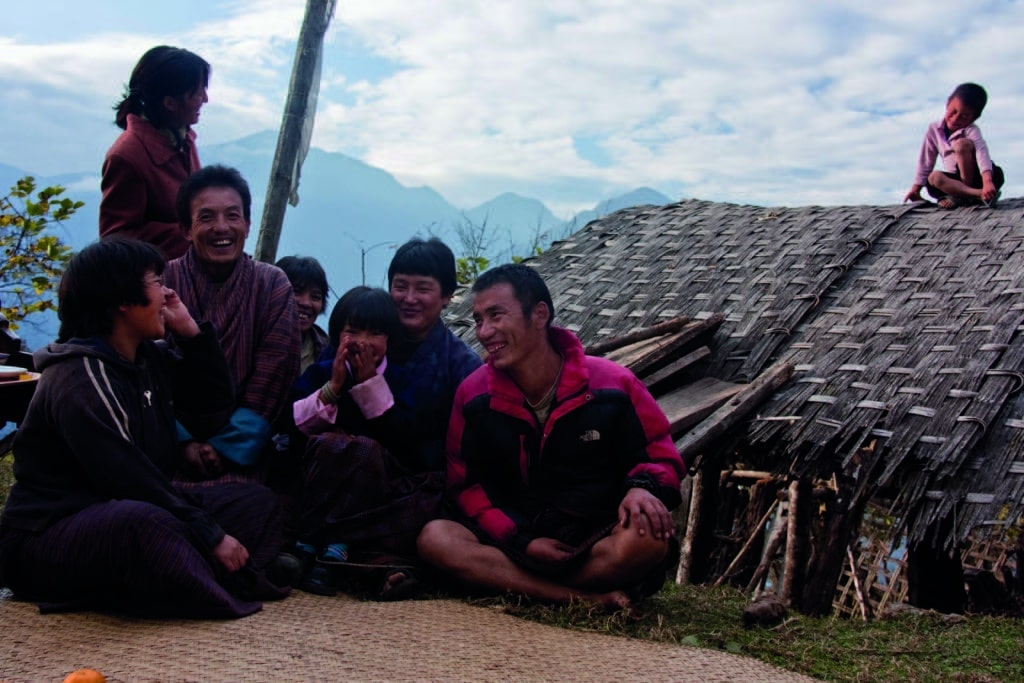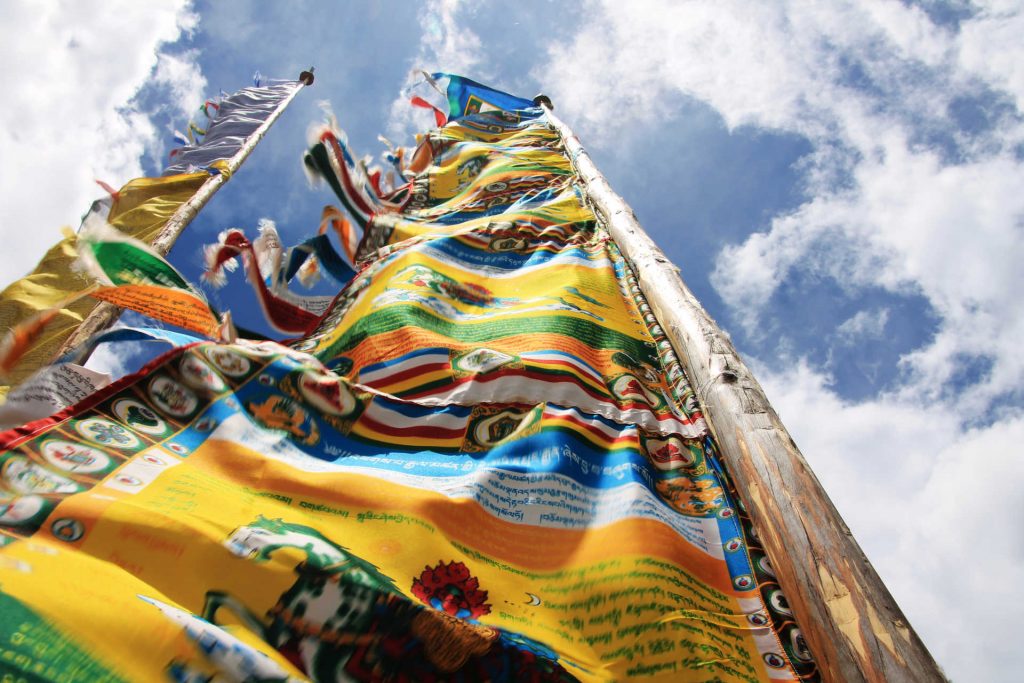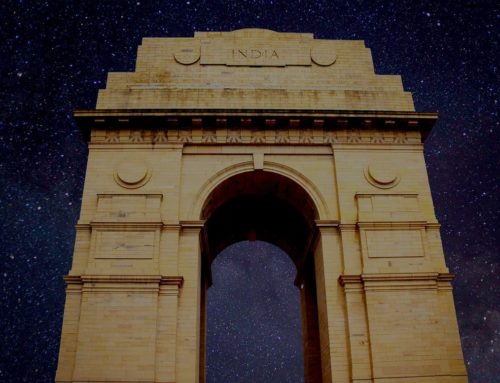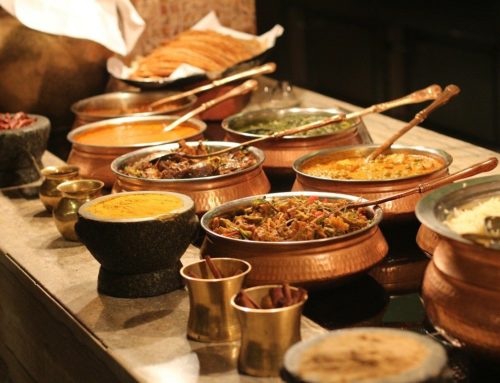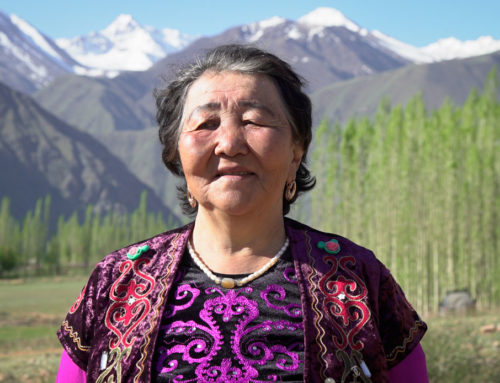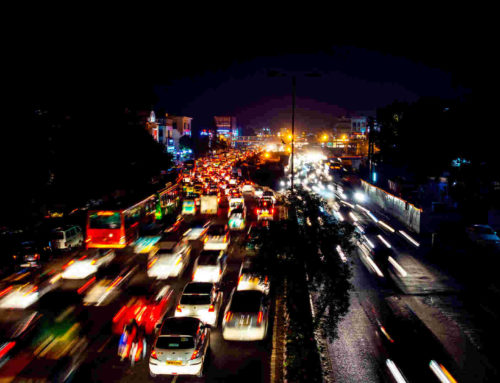
By Ulrike Čokl
Ulli has lived in Bhutan on and off for many years. She has conducted ethnographic research on traditional hospitality practices, travelling & gift-exchange in rural communities. Thus she is very familiar with village livelihoods all over the little kingdom. She loves developing unique itineraries that offer a glimpse into the rich cultural traditions and practices of Bhutanese society.
Are tourists to Bhutan restricted by numbers?
Since the number of tourists allowed to enter Bhutan is not limited by the government, tourism is instead restricted through a daily tariff system. So, the good news is that you can visit Bhutan anytime as an individual or in a group.
When you book a tour with a travel agent in your country who partners with a licensed tour operator in Bhutan, they will broker this tariff on your behalf. The tariff amounts to a minimum of 250 USD in high season and 200 USD in low season, per person per night (not per day, actually!)[1]. This fee covers all your basic expenses, including standard 3-star hotels, entry fees and necessary permits, as well as transport, a driver, an English speaking guide, and three meals a day. Special activities such as river rafting, weaving classes, cooking classes, hot stone baths and saunas, thangka painting or meditation classes, and specialist guides e.g. for textile tours, birding or music tours, will likely incur additional fees. Furthermore, the tariff does not include alcohol, tips, or donations.
Please beware that any agent that offers to charge less than these minimum fees is likely undercutting the mandatory tariff, which is not only unethical, but also means they are not adequately paying local Bhutanese providers for their services. This results in substandard services in Bhutan, such as subpar accommodations, less knowledgeable and unqualified guides, and cookie-cutter itineraries that herd guests on busses from one site to the next. The key to a successful trip is to have a reliable and ethical local partner to work with. We pride ourselves on our ability to both customize trips to our guests’ interests while respecting and adequately paying the skilled Bhutanese hosts and providers with whom we work.
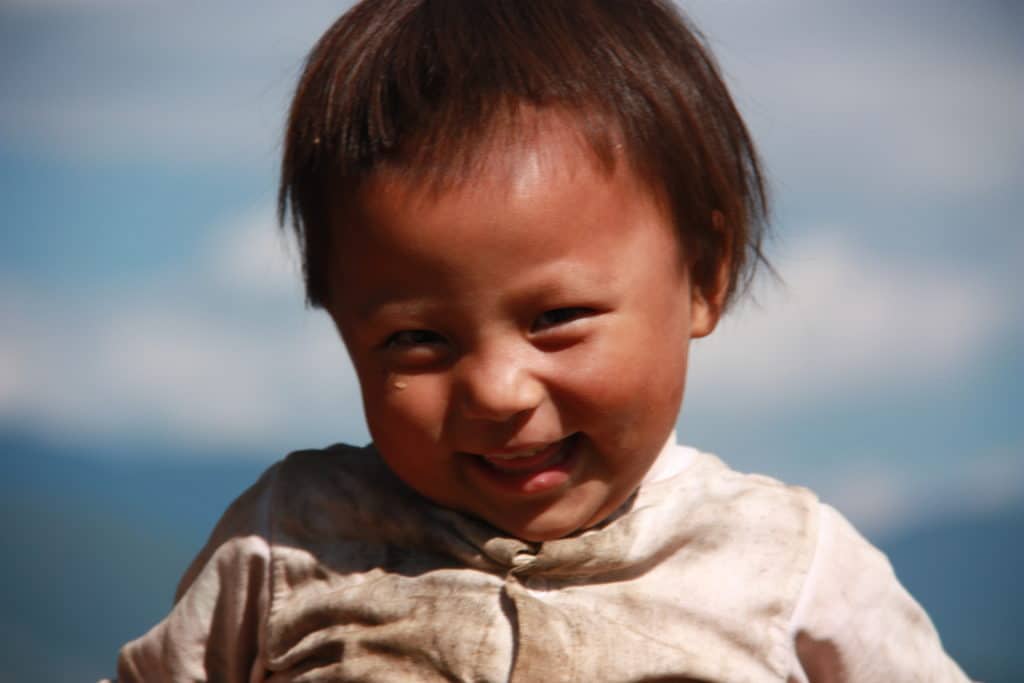
Why the tariff system?
Bhutanese tour industry insiders say that the daily tariff prevents mass tourism and mitigates the negative impacts tourism poses to the local culture and environment.
The tourism industry in Bhutan began in 1974 after the coronation of the fourth king Jigme Singye Wangchuk. During that time, some of the first guesthouses were built for foreign dignitaries who were invited as guests to the event. In order to make use of this new infrastructure, the government decided to allow the first tourists to visit the kingdom to generate revenue, to publicize the country’s unique culture and traditions to the outside world, and to stimulate socio-economic development. From the beginning a “middle path” approach has been the ideological and strategic foundation to development in Bhutan. The Tourism Council of Bhutan (TCB) states that the tourism industry in Bhutan is founded on the principles of sustainability, meaning that tourism must be environmentally and ecologically friendly, socially and culturally acceptable, and economically viable. Low budget backpackers did not seem to fit these criteria and were considered to be a threat to such principles. The Bhutanese government also worries about what sort of influence uncontrolled travelers might have on local culture and traditions. The central slogan of the Bhutanese approach to tourism became “High Value, Low Impact”.
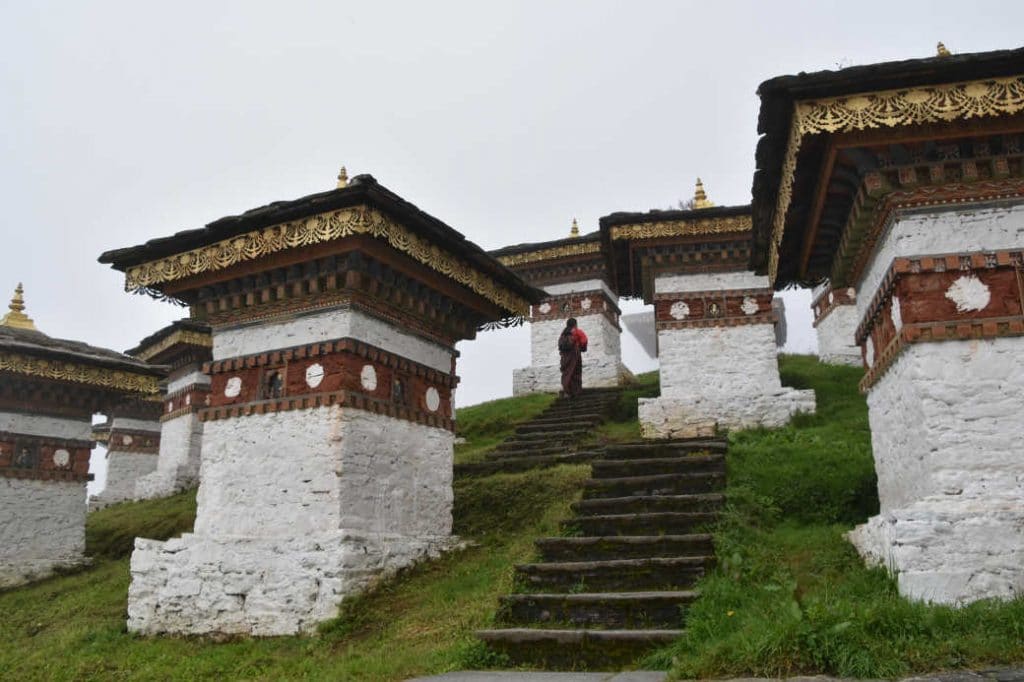
Issues and Controversies
There is a lot to be said about why the tariff system is a good strategy and general effects are positive, although some aspects of the foundation are flawed. One aspect emerges in the contemporary situation of major economic transformations in the wider region: Tourists from India, Bangladesh and Maledives are exempt from the daily tariff. Because it is more affordable, in the last 10 years, these regional guests now constitute the majority of tourists, exceeding tariff paying guests, especially during low season. Whilst the tariff system is largely supported by Bhutanese, this development begets the question: are regional, often times low budget tourists considered less “damaging” to the local culture and environment than other foreigners? The Bhutanese government is in the process of developing solutions to this paradox.
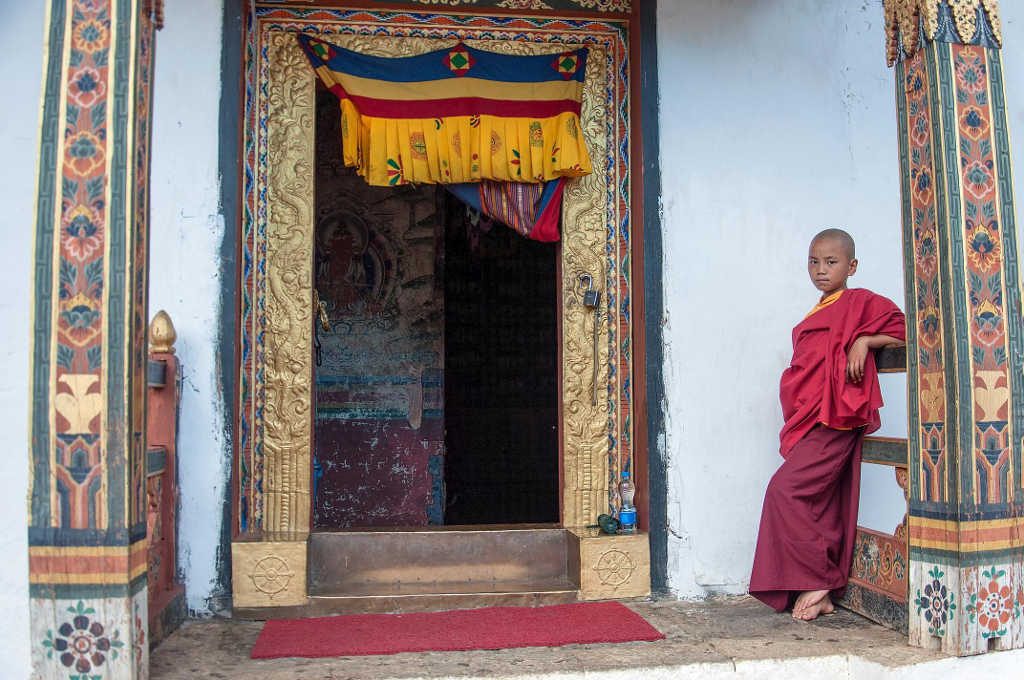
Why the tariff system works
Despite these caveats, the daily tariff system has many benefits. The government deducts a Sustainable Development Fee (SDF) of $ 65 from the daily tariff which is used for social welfare of the country. Basic healthcare, for example, is free for Bhutanese citizens and long-term residents, meaning that whenever they go to the hospital for a check-up, they will be treated at no cost. This also applies to people like me who reside in Bhutan over longer periods of time! Also, the tariff empowers small scale Bhutanese tour agents, whose guests look for quality, immersion and ethics in traveling rather than the cheapest option. Such small companies would otherwise hardly survive in a harsh competitive liberalized setting. Ultimately the Bhutanese themselves decide which direction tourism shall go in the kingdom. It is up to them whether to take their own cultural and traditional repertoire and people seriously, and to work as ethically and sustainably as possible by including approaches that distribute tourist revenues fairly to rural folks without exploiting them. One of such approaches is to occasionally host interested tourists in farm/homestays. There is no better way to experience local hospitality than in a Bhutanese home.
Bhutan is a fantastic place to
visit and it is distinct from other places, also thanks to the tariff system. Unless
you have booked a standard cookie cutter tour, you will most likely not bump
into other travelers all the time. Hence you will enjoy some real quality time
with local folks in the villages and towns. There are many Bhutanese tour
operators working to provide just this, and we at Gesar travel make sure to
cooperate with them.
[1] Tourists travelling in a group of two (2) persons or less are subject to a surcharge, in addition to the minimum daily package rates.

